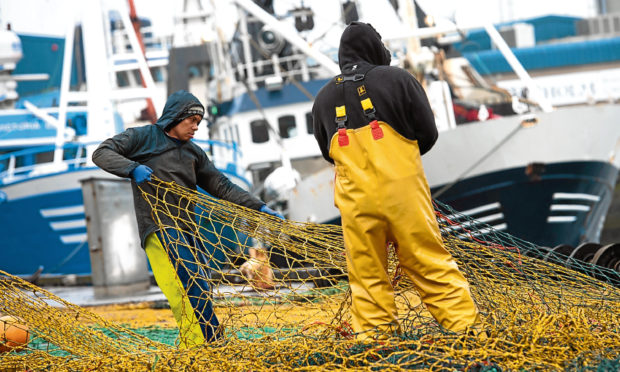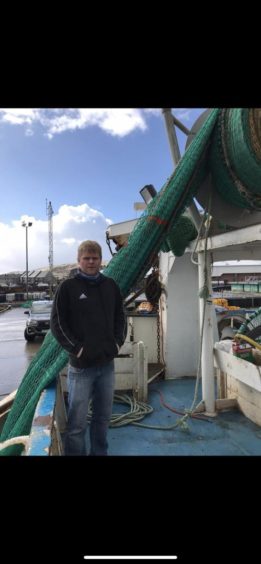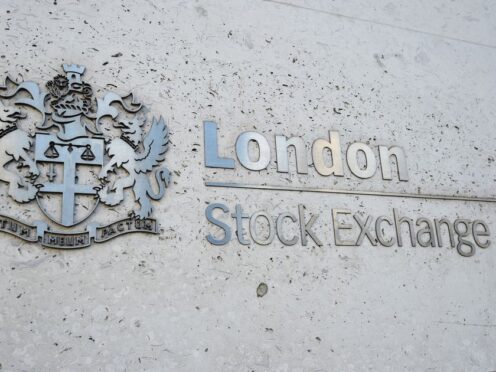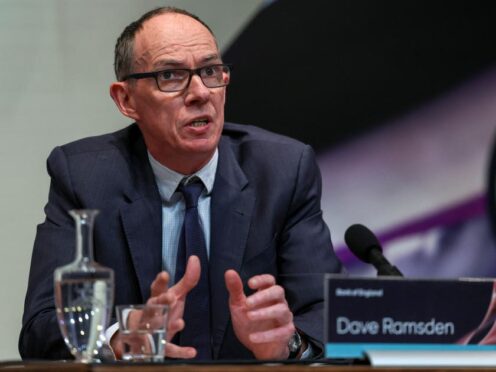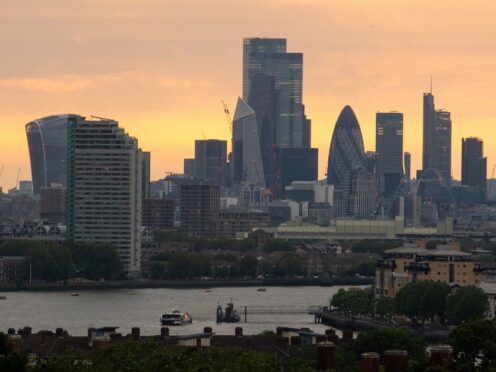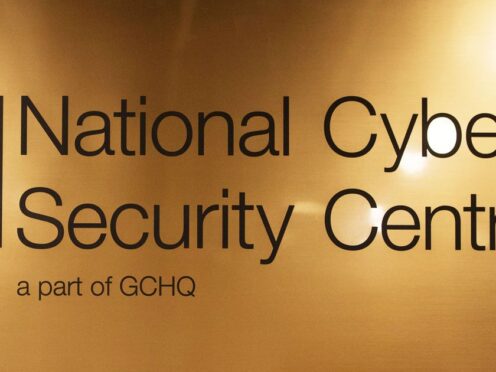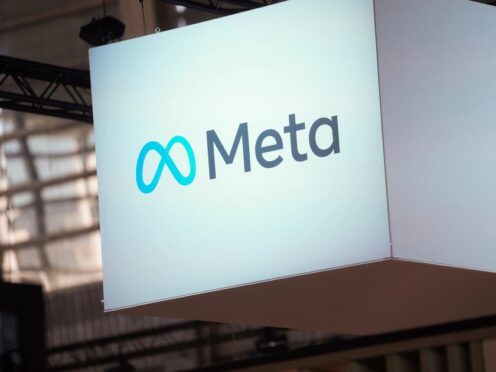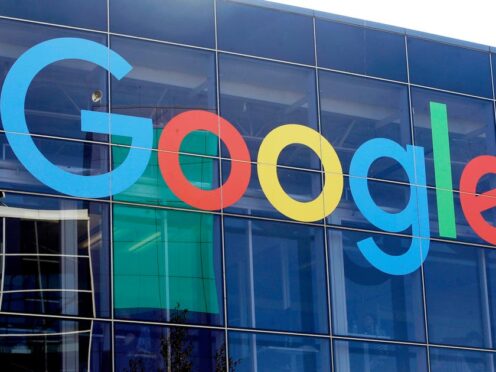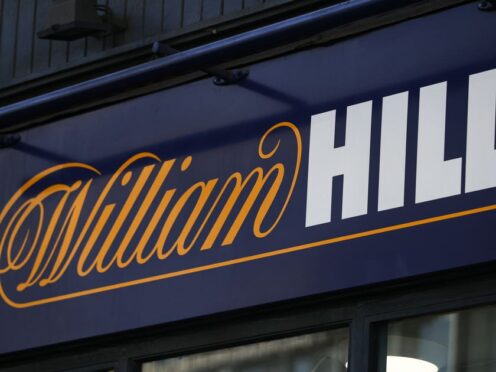Shetland fishers are near “boiling point” with frustration about UK vessels being regularly inspected in Scottish waters, while EU-owned boats are escaping similar scrutiny, it is being claimed.
Figures obtained from Marine Scotland under freedom of information (FoI) rules reveal UK vessels were boarded 104 times in Scottish waters during 2020 and on 492 occasions in 2019.
This is compared to 20 boardings of EU boats at sea in 2020 and 88 in 2019.
Boardings of UK boats in Scottish ports totalled 586 in 2020 (1,388 in 2019), compared to 51 for EU vessels (270 in 2019).
Inspections of UK and EU vessels at Scottish fish markets or other premises last year totalled 6,018 and 46 respectively, compared with 13,890 and 42 in 2019.
Accusations of bias and the disproportionate scrutiny of Scottish fishers have been made before, and the response from the Scottish Government and its fisheries management and enforcement agency Marine Scotland is always the same.
Responding to the FoI request, Marine Scotland said these figures included boardings during patrols by its MPV Minna vessel, as well as rigid inflatable boats.
These work predominantly in inshore waters off the west coast where there are very few non-UK fishing vessels operating.
The figures also cover areas where EU and third country vessels cannot fish, such as territorial waters and marine protected areas.
In addition, EU and other non-UK vessels fishing in Scottish waters tend to be larger in size but fewer in number – therefore the number of physical inspections will be lower.
Also, the UK figures cover the full range of the fishing fleet – as opposed to the relatively small segment of the sector that is relevant for EU and other non-UK vessels.
Finally, Marine Scotland highlighted that last year’s figures were “significantly impacted” by the Covid-19 pandemic.
But Tom Robertson, who skippers the Lerwick-registered white-fish trawler Opportune, insisted there was an imbalance, which had been the case for a number of years.
In a letter to Marine Scotland director Annabel Turpie he said “a clear picture has emerged showing the discrimination and bully tactics towards the UK fleet.
“The fisherman deserve answers and we will not stop until we find them.”
Mr Robertson told the Press and Journal added: “This has been going on a while. We received data in 2018-2019 which showed similar figures and discrimination towards the UK fleet. Nothing has changed – in fact, it’s probably got worse.
Boats left unchecked
“My vessel was boarded and inspected last week and the local fleet is boarded almost on a daily basis. But the foreign fleet are left to go unchecked.
“When we land at the local market, Marine Scotland come to check what species are on board and the sizes. The foreign vessels come into Lerwick, or the west coast, and land directly into the back of a lorry.
“The tension among the local fleet is reaching boiling point. We are not against us being boarded, but when you look around and there is a fleet of French, Dutch and Spanish-owned vessels effectively fishing unregulated in our waters, and basically pushing us out of our own fishing grounds and not being checked – it’s very frustrating.”
Mr Robertson, 35, who has been a skipper for three years, said the local industry was seeking a level playing field but had been ignored by Marine Scotland.
He added: “The foreign boats are trying to make money the same as we are, and if they are not getting inspected would they not try to push the limits?
“I don’t know, maybe that’s just a cynical thought. But if they are not getting inspected, then who knows?”
Issue raised three years ago
The Marine Scotland figures were obtained under FoI rules by Shetland councillor Duncan Anderson, who first raised the issue three years ago.
Mr Anderson said: “The feeling within the industry is that foreign vessels pretty much have a free hand in comparison to the local fleet.
“If they are taking a sizeable percentage (of fish), the amount of boardings they get should be closer to what the local fleet gets.”
According to Marine Scotland, EU and other non-UK vessels are mainly inspected at sea, as opposed to in port or at the market.
This week it was revealed Marine Scotland is investigating allegations of Danish vessels fishing with multi-rig gear which is banned by the Scottish Government.
